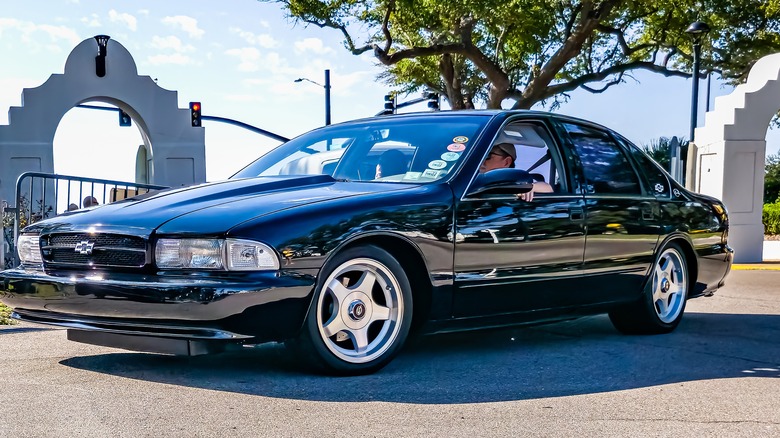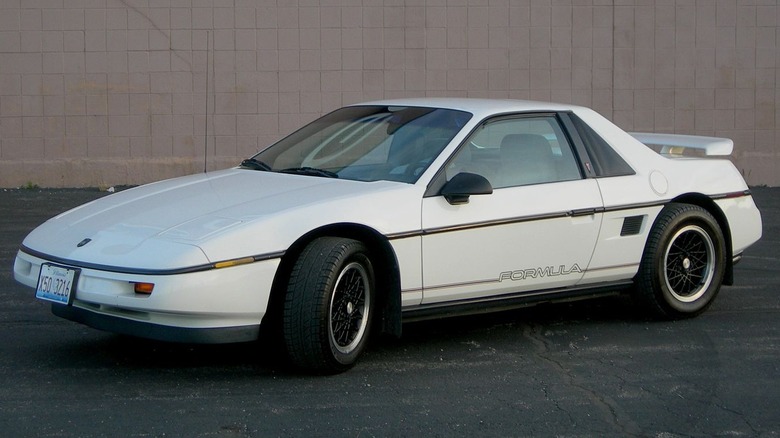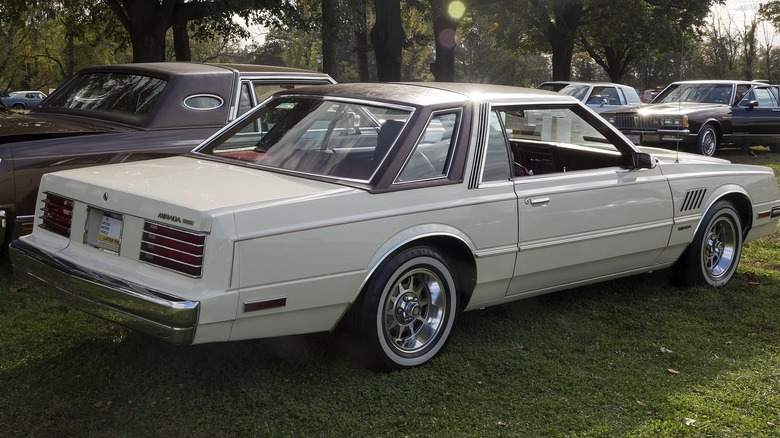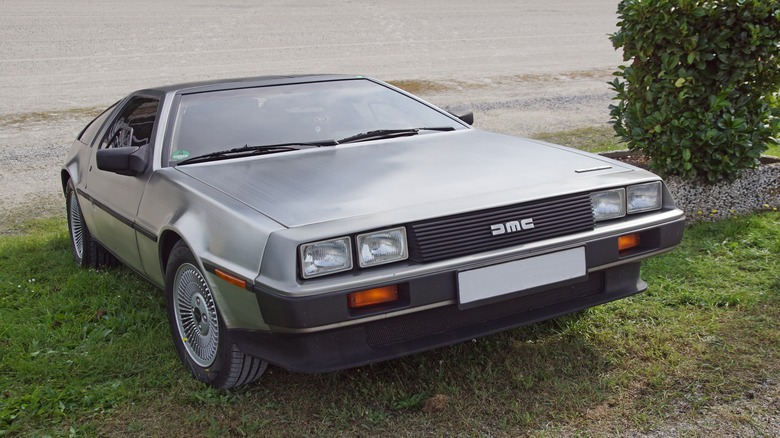3 Things To Look For When Buying A Classic Car
Having a potential used car purchase checked out by a mechanic is an important step that can save you lots of money and trouble. If you're buying a classic car, though, this trip to a mechanic usually happens later in the process. The style of car you're looking for and how flexible you are willing to be regarding its condition and price are often guiding factors early on in your search. Once you find something you like, then it's time to determine whether it really deserves a place in your garage.
Car clubs, insurance companies, and motor vehicle registrars have different thresholds for what defines a "classic," but the term is usually applied to vehicles that are between 20 and 40 years old. That's a broad range that includes the last years of the forgettable Chevrolet Chevette along with two of the Jeep Wrangler's four generations. Whether you are trying to keep one of these notable European mistakes alive or have a love for American cars from the '80s and '90s, here are some things to keep in mind when shopping for a classic.
Model year and variant can be very important
What year and variant of a classic car to get can be the difference between enjoying your find and filing insurance claims. The Pontiac Fiero — which was built between 1984 and 1988 — is a clear example of how important this consideration can be. The 1984 Fiero shared basic components with existing low-performance Pontiacs, and braked and accelerated like the least exciting of the brand's offerings. Worse yet, 1984 models had a small engine bay that led to a few fires.
Although the fires were befitting the name and weren't terribly common, those issues forced some quick design changes. The Fiero's reputation was charred beyond salvation, though, and Pontiac pulled the plug on the model after 1988. Within that short production life, the value of a Fiero in good condition can fluctuate significantly. While early examples and no-frills models often sell for under $5,000, Classic.com shows more than a half-dozen Fieros in SE or GT trim — mostly from 1986 and later — that have gone for $30,000 or more over the last five years.
Know where to look for rust
Classic cars have seen a lot of miles and exposure to the elements. This means that you need to take a look at how they were treated previously, and prepare to handle issues that come with age. One of the most serious potential problems with older cars is rust. Vinyl roofs — including partially painted Landau tops — are particularly prone to rusting underneath. These designs became less common by the 1990s, but can still be found on plenty of classic cars.
Every car is susceptible to rust. The floorboards and rocker panels of classic trucks and SUVs are especially prone to this damage, and the Fiero's plastic body panels didn't prevent rust from taking hold in the frame. Rust repair can be an expensive and time-consuming proposition, and rust in places like shock towers and steering box mounts can make a vehicle unsafe to drive. No matter what classic car you are looking at, you should do as much research as you can as to where that model commonly develops rust. Check those spots thoroughly, and walk away if there's significant damage.
Many factors can affect a classic's price
Depreciation is a fact of life in the car industry — some new cars lose over 70% of their purchase value in a few years. With older cars, factors other than age contribute to a model's depreciation. Some cars, like the Ford Pinto, have reliability or safety issues. Evolution in customer styles and tastes — like with the rise and fall of the station wagon and minivan — can also lead to fluctuations in a car's desirability.
Pop culture inclusion can also make a certain car more valuable. The AMC Pacer was regarded as somewhere between a novelty and a disaster until it had a starring role in the 1992 comedy film "Wayne's World." Although Hagerty values a 1976 example in good condition at $8,300, it's now common to see Pacers of that vintage go for more than twice that. The Delorean DMC-12 was a poorly-made mess when it hit the market, but it became a sensation as a time machine in the "Back to the Future" films. You can expect to pay about $62,000 for a used DeLorean these days.



